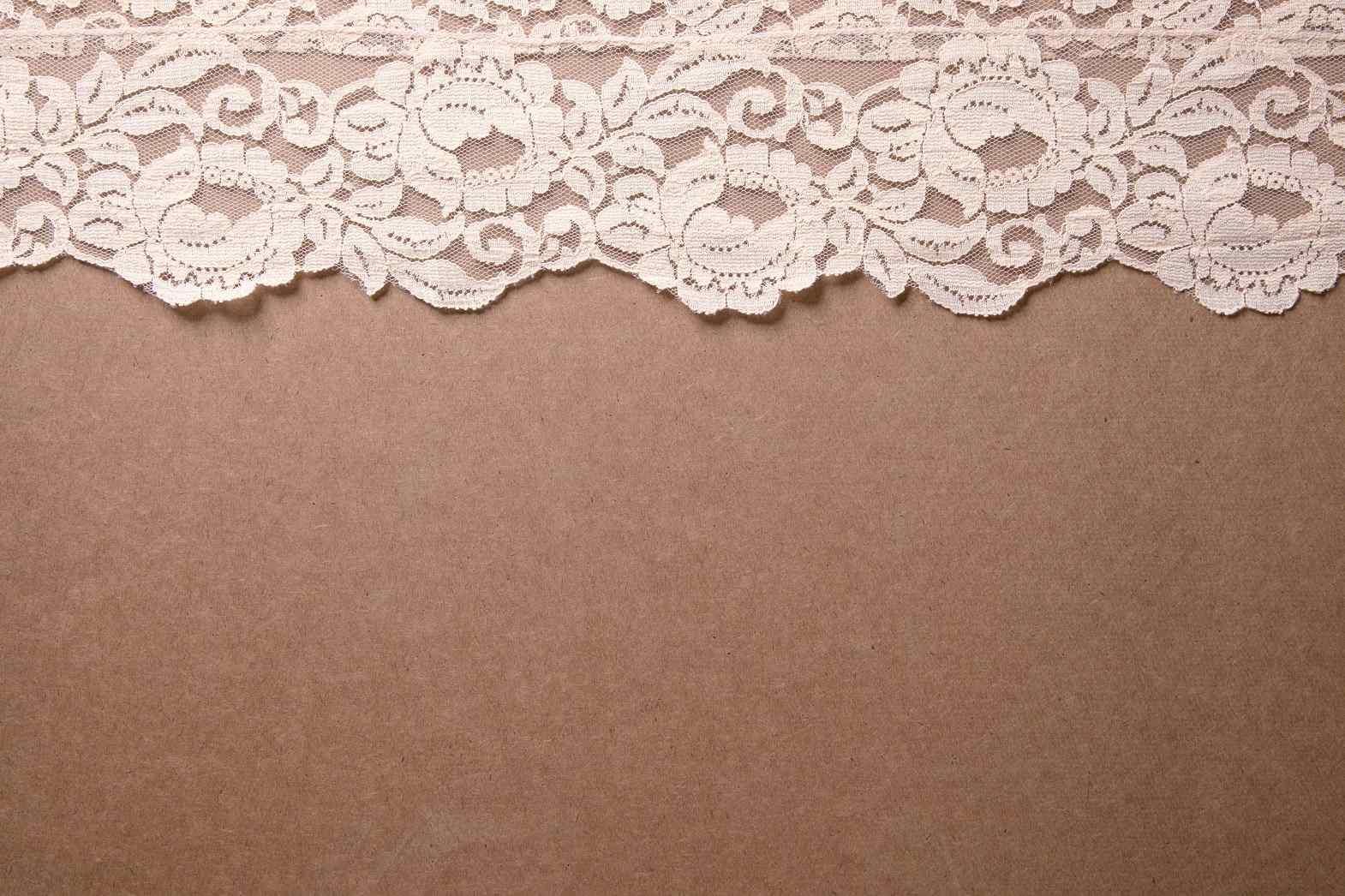This example of Cretan lace could be regarded as a combination of two textile crafts, that of lace and embroidery. Both are combined to complement rather than contrast. The lace background was usually constructed using silk or flax, while the embroidery threads were often bright and colorful and could be made from a variety of raw materials depending on the finish that was needed.
Originally, much of the pattern work would have been geometrical in nature, following the cultural example set by Turkey when Crete was part of the Turkish Empire. However, for a considerable period, Crete was also a colony of Venice and the influence of Venetian pattern and decorative work can also be found in the traditions of Cretan lace.
The illustration shown here was given as an example of modern Cretan lace that was produced in the early to mid-1880s. This was a time when there was a huge interest in not only in local and indigenous textile crafts, but also those of much further afield. This keyed into a general public interest in the foreign and the exotic, which through women and their textile crafts skills base could be introduced into the domestic home through versions of textile crafts not found locally.
This British example of Cretan lace was said to be ideal for either a delicate sample for costume or as a much more robust version using thicker lace and embroidery threads that could be used as a domestic accessory. The finished lace and embroidery combination could be either sewn or draped onto a colored background fabric to show off both the lacework and the embroidered color scheme, or it could be left as an example of Cretan lace in its own right.
It is fair to say that this example is a Victorian take on a traditional craft. The re-use and often re-imagining or even re-invention of traditional embroidery and particularly lace design and pattern work for the changing domestic and fashion markets of Europe and North America have left the craft with often various versions of traditional pattern work. It can often be confusing in trying to disentangle the origins of a particular lace name such as Cretan from the numerous Victorian 'improvements' or to be more magnanimous 'complements'.
This is not to say that nineteenth-century lacework does not have either merit or value. The number of publications dealing with all aspects of traditional European lacework that was produced throughout the nineteenth century and particularly the latter quarter, helped enormously to document much of the regional styles of lace, many of which are
no longer practised. These publications are now an important element of lace history and have become invaluable evidence as to the original diversity and dynamism of a craft that is often seen as remote and unconnected to the contemporary world. The Victorian modern versions of lace work have themselves now become in many respects traditional in their own right.
Originally published in The Textile Blog








Comments